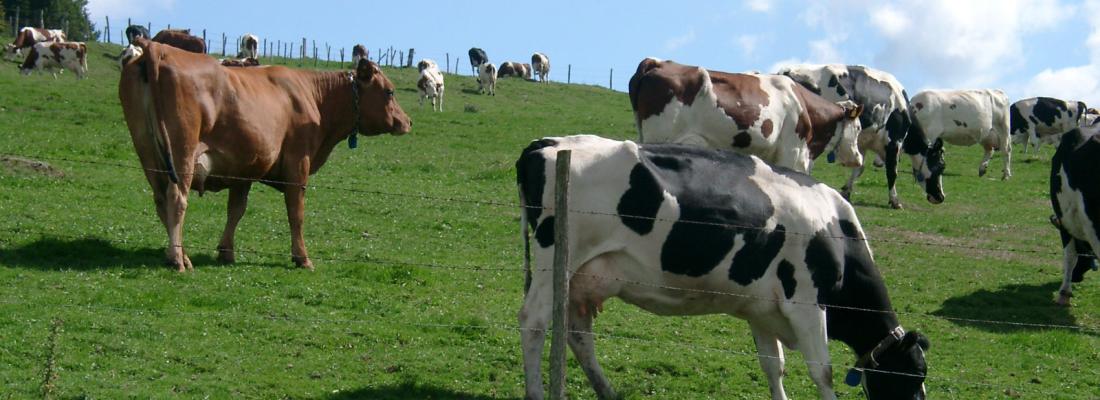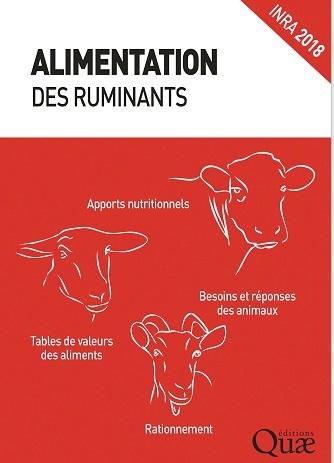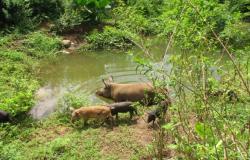Agroecology Reading time 3 min
Animal feed tables
Published on 05 November 2018

An essential guide for farmers...
Feed tables contain data on the nutritional value of food and the nutritional needs of animals. These publications are popular among professionals and instructors. The initial versions, published in 1978 and 1988, were updated in 2004 for ruminants, pigs, poultry, rabbits, horses and fish, and again in 2010 and 2018 for ruminants. A multi-species version is available in English, French, Spanish and Chinese.
...that is constantly changing

The 1978 tables (1) are based on the very first French reference tables published in the 1940s (2). Among the new features of the 1978 tables was the use of appropriate units for the comparison of energy content and protein nutritional values of different foods (3). They also looked at animals’ ingestion capacity and the ingestibility of foods (4).
The 1988 tables provided updated data and a wider variety of foods, including concentrated ones. They indicated the nutritional value and chemical composition of approximately 600 types of forage and 104 concentrated foods and by-products. The 2010 tables were expanded to include 1,250 types of forage and 200 concentrated foods.
Software for made-to-measure tables
These theoretical tables later incorporated practical tools: two programs, INRAtion®V5 (to calculate and analyse rations for cattle, sheep and goats, released in 2018) and PrevAlim (to predict food values and allow farmers to use their own foods in the software, released in 2008). INRAtion is available in three languages in a dozen countries and has helped make INRAE systems famous. In France, it is included in dairy analysis tools and other livestock management programmes. It is also widely used in agricultural learning establishments.
(1) These 1978 tables were produced by the Zootechnic and veterinary research centre in Theix, under the direction of Robert Jarrige.
(2) By Professor André M. Leroy at the National Agronomic Institute.
(3) Energy and nutritional values take into account the actual amount of nutrients available after digestion.
(4) Ingestibility is calculated based on the time it takes for the food to be chewed, and digested in the rumen.

Feedipedia is an open access information system on animal feed resources that provides information on the chemical composition, nutritional value and safe use of livestock feeds available around the world.
